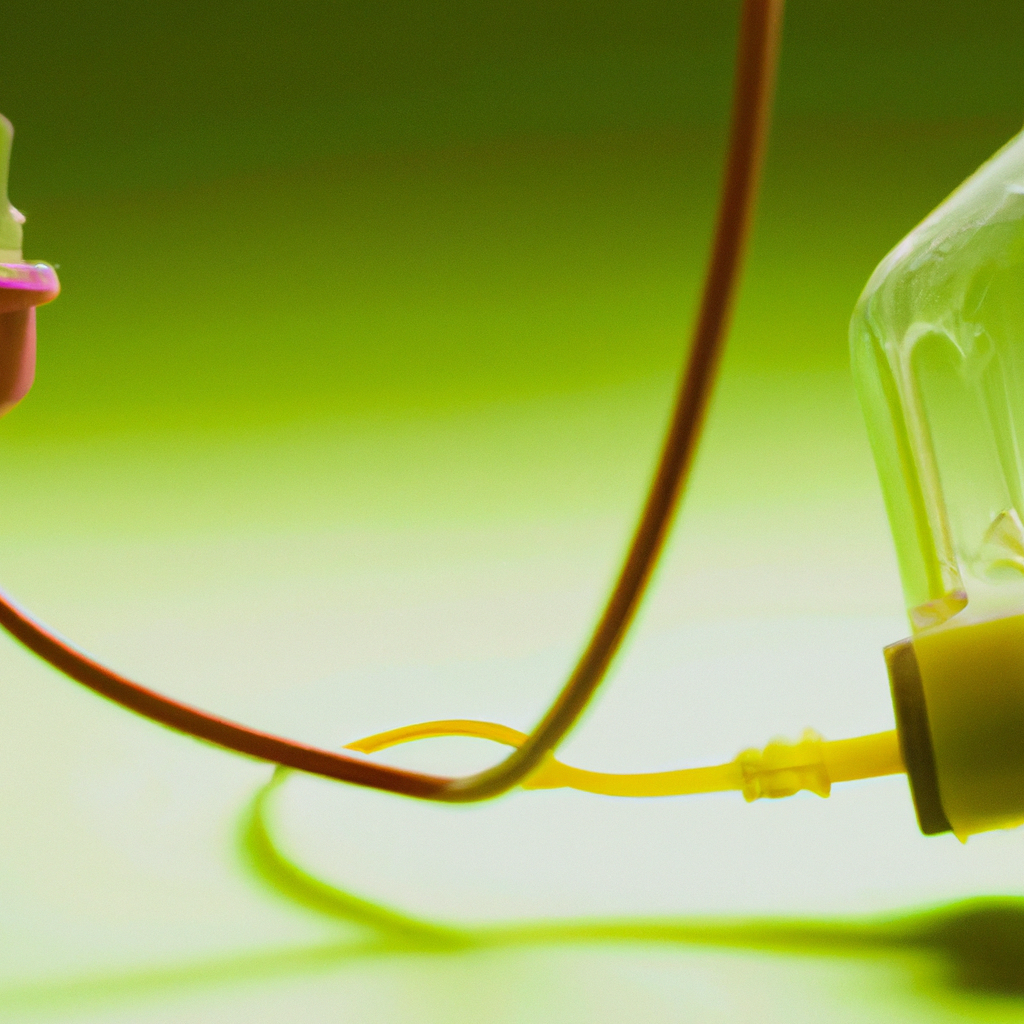-
Reading Roadmap
- Risk of Diabetes Following Cancer Treatment in Children and Young Adults
- Key Takeaways
- Introduction: Unveiling the Hidden Risk
- The Connection Between Cancer Treatment and Diabetes
- Implications for Survivors
- Managing the Risk
- FAQ Section
- 1. Why are childhood cancer survivors at a higher risk of developing diabetes?
- 2. How can this risk be managed?
- 3. What are the implications of this risk for survivors?
- 4. Is there a way to prevent this risk?
- 5. What more needs to be done in this area?
- Conclusion: A Call for Awareness and Action
- Further Analysis
Risk of Diabetes Following Cancer Treatment in Children and Young Adults

[youtubomatic_search]
Key Takeaways
- Children and young adults who undergo cancer treatment are at a higher risk of developing diabetes later in life.
- The risk is associated with certain types of cancer treatments, including radiation therapy and chemotherapy.
- Regular monitoring of blood glucose levels and early intervention can help manage this risk.
- Healthy lifestyle habits, such as regular exercise and a balanced diet, can also help reduce the risk.
- More research is needed to understand the exact mechanisms behind this increased risk and to develop targeted interventions.
Introduction: Unveiling the Hidden Risk
Childhood cancer survivors have long been known to face a myriad of health challenges later in life. However, recent studies have shed light on a less-known risk: the increased likelihood of developing diabetes. This article delves into the connection between cancer treatment in children and young adults and the subsequent risk of diabetes, exploring the reasons behind this association, the implications for survivors, and potential strategies for risk management.
The Connection Between Cancer Treatment and Diabetes
Research has shown that children and young adults who undergo cancer treatment are at a higher risk of developing diabetes later in life. A study published in the Journal of Clinical Oncology found that childhood cancer survivors are nearly twice as likely to develop diabetes by the age of 30 compared to their siblings who did not have cancer.
The risk is particularly high for those who received total body irradiation or abdominal radiation, as these treatments can damage the pancreas, impairing its ability to produce insulin. Certain types of chemotherapy drugs, such as L-asparaginase and steroids, can also increase the risk of diabetes by causing insulin resistance or damaging the insulin-producing cells in the pancreas.
Implications for Survivors
The increased risk of diabetes can have significant implications for childhood cancer survivors. Diabetes is a chronic condition that can lead to serious complications, including heart disease, kidney damage, and vision loss. Therefore, it’s crucial for survivors and their healthcare providers to be aware of this risk and to monitor blood glucose levels regularly.
Managing the Risk
While the risk of diabetes cannot be completely eliminated, it can be managed through regular monitoring and early intervention. Blood glucose levels should be checked regularly, and any abnormalities should be addressed promptly. Lifestyle modifications, such as regular exercise and a balanced diet, can also help reduce the risk.
FAQ Section
1. Why are childhood cancer survivors at a higher risk of developing diabetes?
The risk is associated with certain types of cancer treatments, including radiation therapy and chemotherapy, which can damage the pancreas and impair its ability to produce insulin.
2. How can this risk be managed?
Regular monitoring of blood glucose levels, early intervention, and lifestyle modifications, such as regular exercise and a balanced diet, can help manage this risk.
3. What are the implications of this risk for survivors?
Diabetes is a chronic condition that can lead to serious complications, including heart disease, kidney damage, and vision loss. Therefore, it’s crucial for survivors to be aware of this risk and to monitor their health closely.
4. Is there a way to prevent this risk?
While the risk cannot be completely eliminated, it can be managed through regular monitoring and early intervention. More research is needed to develop targeted interventions.
5. What more needs to be done in this area?
More research is needed to understand the exact mechanisms behind this increased risk and to develop targeted interventions. This could potentially lead to new treatment strategies that minimize the risk of diabetes while effectively treating cancer.
Conclusion: A Call for Awareness and Action
The increased risk of diabetes following cancer treatment in children and young adults is a significant concern that warrants attention from both the medical community and the public. Regular monitoring, early intervention, and healthy lifestyle habits can help manage this risk. However, more research is needed to understand the exact mechanisms behind this association and to develop targeted interventions. By raising awareness of this issue and investing in research, we can help ensure a healthier future for childhood cancer survivors.
[youtubomatic_search]
Further Analysis
As we delve deeper into the connection between cancer treatment and diabetes, it’s clear that this is a complex issue that requires a multifaceted approach. By understanding the risk factors and implementing preventive measures, we can help reduce the risk of diabetes in childhood cancer survivors. However, more research is needed to fully understand this association and to develop targeted interventions. The hope is that with continued research and awareness, we can improve the long-term health outcomes for these survivors.







